#chippy mcnish
Text
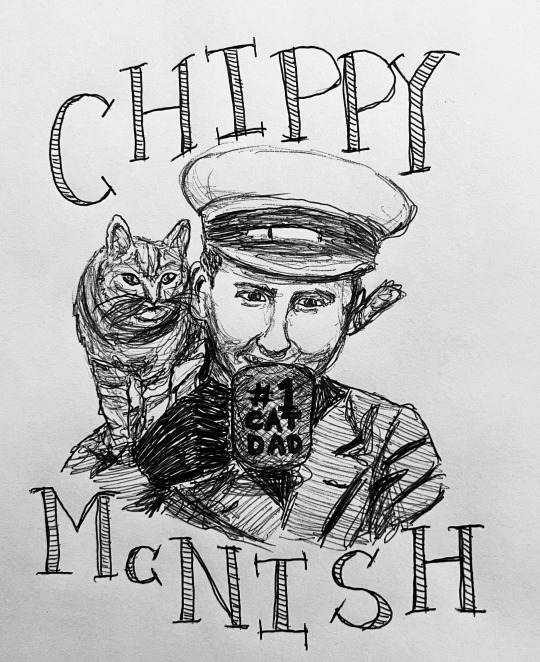
Endurance's grumpy carpenter and his precious kitty <3
15 notes
·
View notes
Text
Mrs. Chippy - Antarctic Explorer Cat
At this point, we all know about Ernest Shackleton and his Antarctic expeditions, right? Did you also know there was a VIK (very important kitty) aboard the Endurance? In 1915, Shackleton and his crew set sail to Antarctica. One of the crewmembers, Scottish shipwright and carpenter Harry ‘Chippy’ McNish (chippy being a colloquial British term for a carpenter), brought his cat with him.
Chippy…

View On WordPress
#antarctica#chippy mcnish#endurance#ernest shackleton#famous cats#Historical Animals#historical cats#mrs chippy#shackleton
5 notes
·
View notes
Text
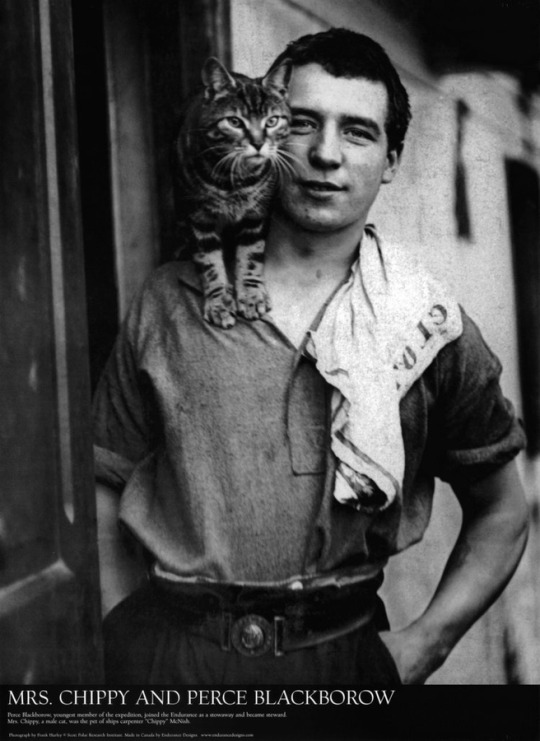
It is Ship's cat sunday and here is a pic of stowaway Perce Blackborow on Shackleton's Endurance with Mrs. Chippy, the ship's cat, before 1915
More about Chippy below
The tabby domestic cat had been brought on board by Harry McNish, the ship's carpenter known as "Chippy", and was given her name before it was discovered that she was a male. Mrs Chippy is described as a handsome, affectionate and good-natured cat. He proved to be a good catcher of mice and rats and was a favourite among the crew. The men were amused by the way Mrs Chippy seemed to enjoy strutting across the roofs of the kennels, always just out of reach of the rampaging dogs. What's more, the cat's climbing skills, even in the roughest seas, earned him respect. At the beginning of the voyage, on 13 September 1914, Mrs Chippy jumped through a porthole and fell into the sea. The officer on watch, Huberht Hudson (1886-1942), turned the ship around and had the cat brought back on board with the fishing net of biologist Robert Clark (1882-1950).
When the Endurance, which had already been trapped by pack ice in January 1915, could no longer withstand the pressure and sank at the end of October, Shackleton ordered all animals of no concrete use - three puppies, the sled dog Sirius, who could not be harnessed like the others, and Mrs Chippy - to be shot. In his book South, he later quoted his diary, saying that under the new circumstances they could not have afforded to feed "weaklings". The captain of the Endurance, Frank Worsley, defended Shackleton's decision in 1931 by pointing out that the cat would have been eaten by the dogs without the protection of the ship. In the case of Mrs Chippy and the puppies, it fell to Second Officer Thomas Crean to carry out the sentence.
Harry McNish never forgave the expedition leader. His resentment led to growing tensions between the two men, which one day culminated in an attempt by McNish to openly disobey orders. Although as a carpenter he undoubtedly played an important part in the successful rescue of the entire crew of the Endurance, he was one of the few who were not honoured with the Polar Medal for "disloyalty". He died in Wellington, New Zealand, in 1930 and was given a pauper's burial in the Karori Cemetery there. It was not until 1959 that the New Zealand Antarctic Society donated a gravestone to the veteran. In 2004, the society commissioned sculptor Chris Elliott to create a life-size bronze sculpture of Mrs Chippy, which has adorned McNish's grave ever since.
124 notes
·
View notes
Photo
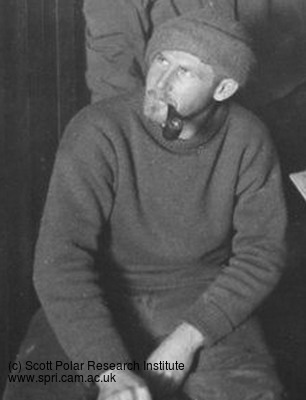


Henry “Harry” McNish was born on September 11th 1866 in Port Glasgow.
Often referred to as Harry McNeish or by the nickname Chippy, McNeish was the carpenter on Ernest Shackleton’s Trans-Antarctic expedition of 1914–1917.
He was responsible for much of the work that ensured the crew’s survival after their ship, the Endurance was destroyed. McNish was the oldest in the crew, and only Scot on the expedition he was also the only one with a pet, a cat called Mrs Chippy even though it was a Tom Cat. Shackleton had Mrs. Chippy shot when many of the dogs were put down before the men took to the sea-ice after the Endurance was crushed and lost. He never forgave Shackleton for this act.
“Chippy” was raised in the United Free Church of Scotland, the “Wee Free” and being a religious man detested bad language.
Harry McNish eventually settled in New Zealand, where he passed away destitute in 1930, his grave remained unmarked for almost thirty years; the New Zealand Antarctic Society (NZAC) erected a headstone on 10th May 1959. In 2001, it was reported that the grave was untended and surrounded by weeds,but in 2004, it was tidied and a life size bronze sculpture of McNish’s beloved cat, Mrs Chippy, was placed on his grave by NZAC.
Me being a cat lover really appreciate the adding of the statue, and think it is probably the coolest grave I have ever “seen"
68 notes
·
View notes
Text
ROUND THREE IS UPON US!

Unfortunately, Frank Worsley, Kristian Prestrud, John Franklin, Apsley Cherry-Garrard, Charles Francis Hall, Harry McNish, John Hartnell, Olav Bjaaland, James Clark Ross, John Torrington, Richard Byrd, Leopold McClintock, Alexander Macklin, William Edward Parry, Salomon August Andrée, and John Ross have all succumbed to scurvy, and died painfully. The rest of the party survives, but for how much longer?
Here are the matchups for the third round:
Ernest Shackleton vs. Hjalmar Johansen
Tom Crean vs. Fridtjof Nansen
Ada Blackjack vs. Lawrence Oates
Mrs. Chippy vs. Roald Amundsen
Francis Crozier vs. Frank Wild
James Fitzjames vs. Frederick Cook
Charles Tong Sing vs. Edward Wilson
Robert Falcon Scott vs. Adolf Lindstrøm
10 notes
·
View notes
Text
Imperial Trans-Antarctic Expedition

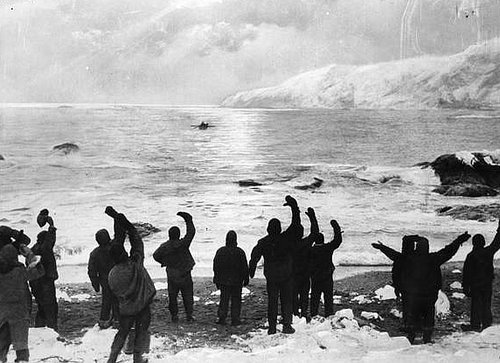

Shackleton sailed with Tom Crean, Frank Worsley, Harry "Chippy" McNish, Tim McCarthy, and John Vincent on an 1,300 km (800 mi) voyage in the lifeboat James Caird beginning on Easter Monday, April 24, 1916.
#Apr.24.1916#Ernest Shackleton#Heroic Age of Antarctic Exploration#Imperial Trans-Antarctic Expedition#Shackleton's Expedition#The Endurance Expedition#Elephant Island#Voyage of the James Caird#history today
2 notes
·
View notes
Text
"Authors tended not to dwell upon the final playing out of the sad tale. It seems that after the crew had made their farewells McNish probably took the cat into his tent to say his goodbyes, when the steward Blackborow somehow rustled up a bowl of sardines — Mrs Chippy's favourite and a real treat. He ate them with obvious pleasure, then washed and stretched out for a good sleep, little knowing it was to be a never-ending one. It is possible that the sardines were laced with a sleep-inducing drug. Blackborow returned once to embrace the cat tightly, telling him how glad he was that they had been shipmates, and then left.In his book South, published in 1919, Shackleton himself states that on the afternoon of 29 October 1915 the cat and some of the puppies were to be shot. The following day Hurley wrote in his diary, 'Sally's 4 pups, Sue's Sirius and McNish's cat, Mrs Chippy shot at 2:55 p.m.' It seems the task was undertaken by Frank Wild, Shackleton's second-in-command."
Henry (Chippy) McNish never forgave Shackleton, in return, Shackleton denied McNish the polar medal despite his carpentry skills likely saving the crew.
According to the curator of Antarctic History at the museum in Canterbury, Baden Norris, the only thing he could remember McNish saying on his death bed years later, was that Shackleton shot his cat.

0 notes
Text
#OTD in 1916 – Ernest Shackleton and five men of the Imperial Trans-Antarctic Expedition launch a lifeboat from uninhabited Elephant Island in the Southern Ocean to organise a rescue for the ice-trapped ship Endurance.
#OTD in 1916 – Ernest Shackleton and five men of the Imperial Trans-Antarctic Expedition launch a lifeboat from uninhabited Elephant Island in the Southern Ocean to organise a rescue for the ice-trapped ship Endurance.
The voyage of the ‘James Caird’ was an open boat journey from Elephant Island in Antarctica to South Georgia in the southern Atlantic Ocean, a distance of approximately 830 nautical miles (1,500 km; 920 mi). Undertaken by Sir Ernest Shackleton and five companions, their objective was to obtain rescue for the main body of the Imperial Trans-Antarctic Expedition of 1914–17, marooned on Elephant…
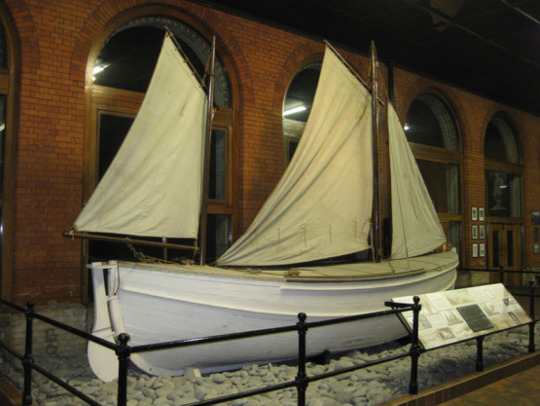
View On WordPress
#Aurora#Elephant Island#Endurance#England#Frank Worsley#Harry &039;Chippy&039; McNish#Imperial Trans-Antarctic Expedition#James Caird#John Vincent#London#Sir Ernest Shackleton#South Georgia#Tim McCarthy#Tom Crean#Weddell Sea
5 notes
·
View notes
Photo

Mrs. Chippy, the ship’s cat on Ernest Shackleton’s ship Endurance, with crew member Perce Blackborow. The cat, which was actually male, got its name because it followed crew member Harry “Chippy” McNish around very attentively; it became a beloved member of the group. When the expedition met with disaster (the Endurance was crushed by Antarctic pack ice in 1915), Shackleton ordered Mrs. Chippy and the dogs on board to be shot.
{WHF} {HTE} {Medium}
98 notes
·
View notes
Photo

Mrs. Chippy, the ship’s cat on Ernest Shackleton’s ship… Mrs. Chippy, the ship’s cat on Ernest Shackleton’s ship Endurance, with crew member Perce Blackborow. The cat, which was actually male, got its name because it followed crew member Harry “Chippy” McNish around very attentively; it became a beloved member of the group.
0 notes
Text
I’m back. Coincidence?
I'm back. I haven't been on here for a while,not because I was suppressed by the work of McKenzie, because I was doing research, research for something else. I was doing prep fr a possible project on sightings of tiger-like creatures in the Antarctic, believed to be some descendant of Mrs. Chippy, the cat owned by Harry McNish, the carpenter on board Sir Ernest Shackleton's ship Endurance, on the Imperial Trans-Antarctic Expedition of 1914-17. Except a. Mrs. Chippy was shot alongside three sled dogs, and was b. a male cat. But the tiger stripes of the cat were similar to what was reported. How does this relate to Irish weirdness? Well, Kerryman Tom Crean was one of the fellow crewmates. I once visited Crean's pub in Annascaul, and saw a strange drawing on the wall of a bipedal Christ-like figure with the face of a cat, dressed in robes, his hand held out high, surrounded in light, portrayed by smudged pencils. It seemed to be an interpretation of a guilt-fuelled hallucination. The next time I returned to the pub, the drawing was gone. Then, I found the drawing in Greystones, in an art gallery, I asked the owner. It had been donated as part of a job lot, mostly of awful Irish landscape paintings. I didn’t buy it. But I was struck by the other related purchase in the job lot - it was a more detailed painting - more recent, a picture labelled “Cat God of Arcadia”. Painter unknown. Something odd, something weird. Clearly, the Antarctic wastelands were like Wicklow, a series of dimensional fissures. More needs to be found. If anyone can help....
0 notes
Quote
Mrs Chippy, the ships cat, and 4 pups were shot as we set off, decades later McNish when interviewed would only say "Shackleton shot my cat"!
October 30, 1915
0 notes
Photo


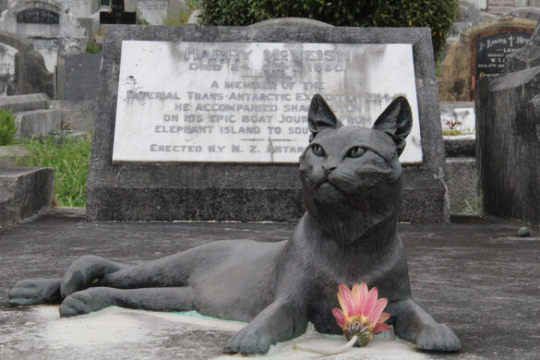
Henry "Harry" McNish was born on September 11th 1866 in Port Glasgow.
Often referred to as Harry McNeish or by the nickname Chippy, was the carpenter on Ernest Shackleton's Trans-Antarctic expedition of 1914–1917.
He was responsible for much of the work that ensured the crew's survival after their ship, the Endurance was destroyed. McNish was the oldest in the crew, and only Scot on the expedition he was also the only one with a pet, a cat called Mrs Chippy even though it was a Tom Cat. Shackleton had Mrs. Chippy shot when many of the dogs were put down before the men took to the sea-ice after the Endurance was crushed and lost. He never forgave Shackleton for this act.
"Chippy" was raised United Free Church of Scotland, the "Wee Free" and being a religious man detested bad language, so his profession on a ship was not really a good place to be I would imagine!
Harry McNish eventually settled in New Zealand, where he passed away destitute in 1930, his grave remained unmarked for almost thirty years; the New Zealand Antarctic Society (NZAC) erected a headstone on 10 May 1959. In 2001, it was reported that the grave was untended and surrounded by weeds,but in 2004, the grave was tidied and a life size bronze sculpture of McNish's beloved cat, Mrs Chippy, was placed on his grave by NZAC. His grandson, Tom, believes this tribute would have meant more to him than receiving the Polar Medal. Me being a cat lover really appreciate the adding of the statue, and think it is one of the coolest grave I have ever "seen"
Find out more on the Cool Antarctica website. https://www.coolantarctica.com/Antarctica%20fact%20file/History/biography/mcnish_henry.php?fbclid=IwAR3y7yFB1zRfrvhzLqS_t1vI7l1XU2J_eozJzFoIzTLM7ClzRjVB4BnBczY
15 notes
·
View notes
Text
AND SO BEGINS ROUND TWO!

Recently, I have been informed that Oscar Wisting, Jørgen Stubberud, Edward Atkinson, William Braine, Helmer Hanssen, John Rae, Frank Hurley, and Sverre Hassel got trapped out in a blizzard and have all sadly perished. Undeterred, the survivors of this tragic event press onwards.
Here are the matchups for the second round:
Ernest Shackleton vs. Frank Worsley
Kristian Prestrud vs. Hjalmar Johansen
John Franklin vs. Tom Crean
Fridtjof Nansen vs. Apsley Cherry-Garrard
Charles Francis Hall vs. Ada Blackjack
Harry McNish vs. Lawrence Oates
John Hartnell vs. Mrs. Chippy
Olav Bjaaland vs. Roald Amundsen
Francis Crozier vs. James Clark Ross
Frank Wild vs. John Torrington
Richard Byrd vs. James Fitzjames
Leopold McClintock vs. Frederick Cook
Alexander Macklin vs. Charles Tong Sing
Edward Wilson vs. William Edward Parry
Salomon August Andrée vs. Robert Falcon Scott
John Ross vs. Adolf Lindstrom
#SORRY THIS TOOK SO LONG. BUT IT’S HERE#mod post#polar exploration#round 2#antarctic exploration#arctic exploration#franklin expedition#the terror#terra nova
12 notes
·
View notes
Text
#OTD in 1916 – Ernest Shackleton and five men of the Imperial Trans-Antarctic Expedition launch a lifeboat from uninhabited Elephant Island in the Southern Ocean to organise a rescue for the ice-trapped ship Endurance.
#OTD in 1916 – Ernest Shackleton and five men of the Imperial Trans-Antarctic Expedition launch a lifeboat from uninhabited Elephant Island in the Southern Ocean to organise a rescue for the ice-trapped ship Endurance.
The voyage of the ‘James Caird’ was an open boat journey from Elephant Island in Antarctica to South Georgia in the southern Atlantic Ocean, a distance of approximately 830 nautical miles (1,500 km; 920 mi). Undertaken by Sir Ernest Shackleton and five companions, their objective was to obtain rescue for the main body of the Imperial Trans-Antarctic Expedition of 1914–17, marooned on Elephant…
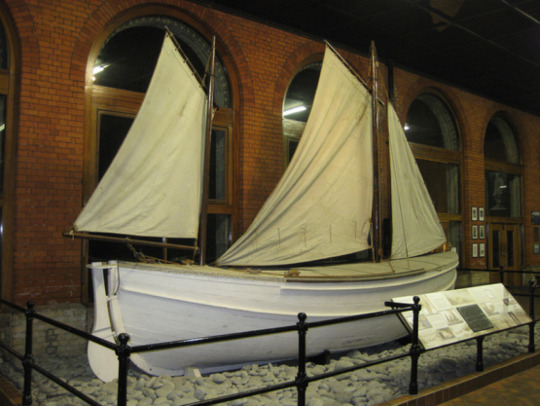
View On WordPress
#Aurora#Elephant Island#Endurance#England#Frank Worsley#Harry &039;Chippy&039; McNish#Imperial Trans-Antarctic Expedition#James Caird#John Vincent#London#Sir Ernest Shackleton#South Georgia#Tim McCarthy#Tom Crean#Weddell Sea
2 notes
·
View notes
Text
#OTD in 1916 – Ernest Shackleton and five men of the Imperial Trans-Antarctic Expedition launch a lifeboat from uninhabited Elephant Island in the Southern Ocean to organise a rescue for the ice-trapped ship Endurance.
#OTD in 1916 – Ernest Shackleton and five men of the Imperial Trans-Antarctic Expedition launch a lifeboat from uninhabited Elephant Island in the Southern Ocean to organise a rescue for the ice-trapped ship Endurance.
The voyage of the ‘James Caird’ was an open boat journey from Elephant Island in Antarctica to South Georgia in the southern Atlantic Ocean, a distance of approximately 830 nautical miles (1,500 km; 920 mi). Undertaken by Sir Ernest Shackleton and five companions, their objective was to obtain rescue for the main body of the Imperial Trans-Antarctic Expedition of 1914–17, marooned on Elephant…
View On WordPress
#Aurora#Elephant Island#Endurance#England#Frank Worsley#Harry &039;Chippy&039; McNish#Imperial Trans-Antarctic Expedition#James Caird#John Vincent#London#Sir Ernest Shackleton#South Georgia#Tim McCarthy#Tom Crean#Weddell Sea
2 notes
·
View notes